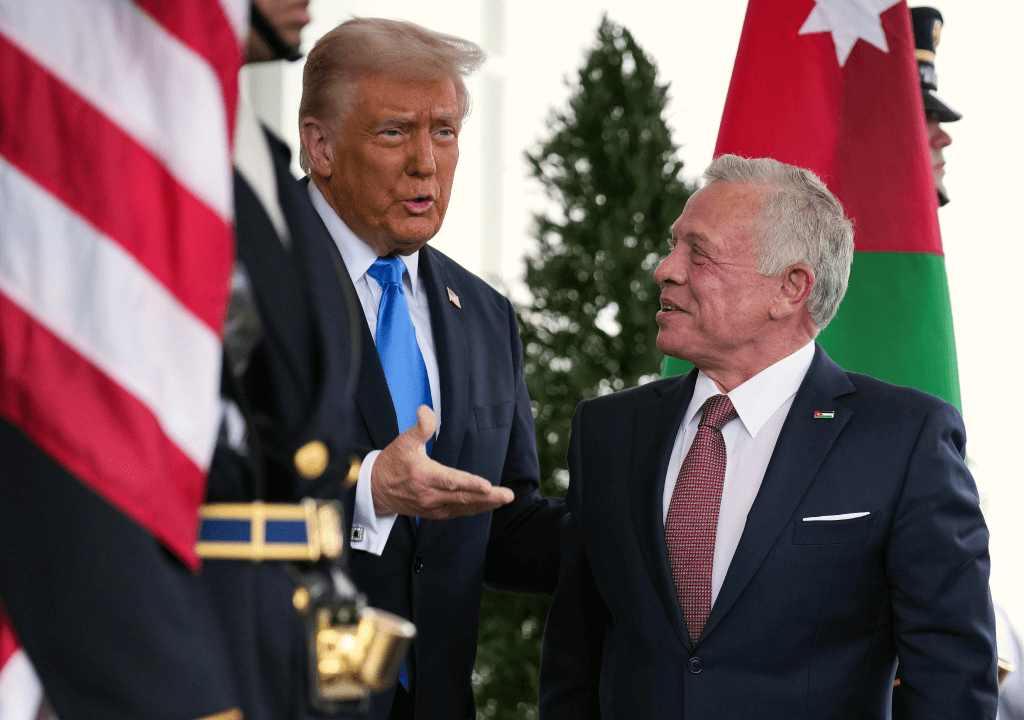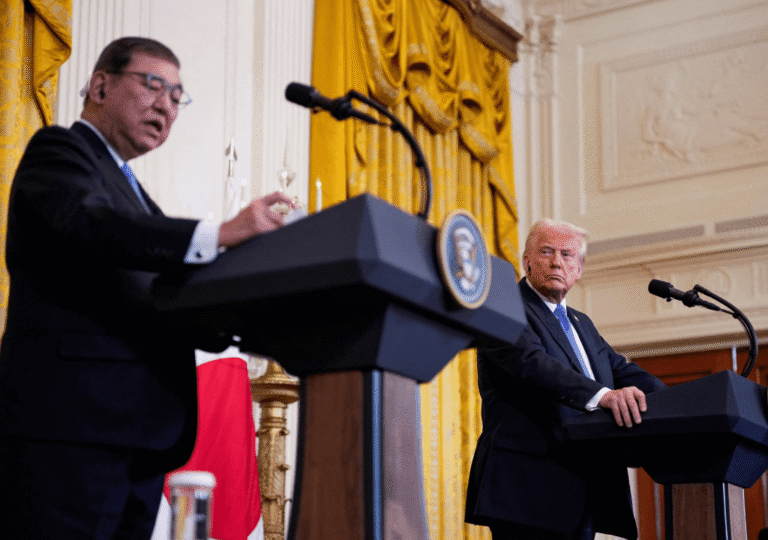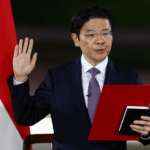While many in Gaza and parts of the Islamic world were celebrating Hamas’s October 7th raid as a victory over a longstanding enemy, much of the international community was focusing on the scale of Israel’s expected retaliation. It is now unfolding worse than anticipated. Israel’s ongoing attacks, even after one and a half years, were making its intentions clear: it was aiming to take control of Gaza and the Mediterranean coastal strip—once envisioned as part of a future Palestinian state—from Hamas.
With Trump’s “Madeira Plan” and Arab-led peace initiatives fading into irrelevance, Israel was driving its own strategy forward—decisively and without reservation.
Israel is set to seize
The future of Gaza has been a subject of intense debate since the early days of the war, with numerous proposals put forward. From Israel’s perspective, the strip must never again become a haven for Islamist terrorist groups. One of the most controversial ideas came from former U.S. President Donald Trump, who proposed the so-called Madeira Plan. This envisioned transforming Gaza’s Mediterranean coast into a U.S. protectorate, involving American control, the relocation of Gaza’s population to neighboring countries like Jordan and Egypt, and large-scale development under U.S. oversight. Although widely dismissed as unrealistic, the plan received backing from Israeli Prime Minister Benjamin Netanyahu.
In stark contrast, Arab states strongly opposed Trump’s vision. They advocated instead for placing Gaza under the administration of the Palestinian Authority (PA), which governs the West Bank. Their plan included a $53 billion reconstruction initiative, aiming to rebuild Gaza’s infrastructure and restore governance through the PA.
However, Israel now appears focused on asserting long-term control over Gaza. Many Israeli leaders view the 2005 disengagement—which allowed Hamas to rise—as a strategic blunder, especially in light of the October 7th attacks. There is little political will in Israel to repeat what is now seen as a grave mistake.
Recently, Netanyahu warned that Israel would annex additional territory in Gaza if Hamas fails to release the remaining Israeli hostages—an increasingly unlikely scenario. His statement followed the resumption of Israeli military operations, ending a brief calm after the January ceasefire. After regaining the strategic Netzarim corridor, Israeli forces advanced toward Beit Lahiya in the north and Rafah in the south.
Israeli officials have made their stance clear: as long as Hamas holds hostages, it will continue to lose ground. Defense Minister Yoav Gallant emphasized that the army would keep expanding buffer zones around Gaza to protect both civilian and military areas. The ultimate goal, he noted, is to establish a permanent Israeli presence. This strategy reflects the long-term objectives of Israel’s security establishment, which seeks to assert control over strategic areas of Gaza, especially along its northern border.
The Cabinet approved
According to the latest reports, Israel’s security cabinet has approved an expanded military campaign against Hamas that includes the capture and retention of territory in Gaza. Prime Minister Benjamin Netanyahu stated that the cabinet had authorized a “Forceful Operation” aimed at dismantling Hamas and securing the release of remaining Israeli hostages. He also claimed that Gaza’s 2.1 million residents “Will be moved, to protect them,” though he did not clarify how or where such relocation would take place. He emphasized that Israeli troops “will not enter and come out” but rather remain in seized areas.
This declaration marks a significant shift in Israel’s public stance. Over the course of the nearly 19-month war, Israeli forces have conducted sweeping operations across much of Gaza—except its central areas—while limiting their sustained presence to a roughly 1-kilometer buffer zone along the territory’s perimeter and two narrow east-west corridors. That strategy now appears to have changed. Once the newly announced “Operation Gideon’s Chariots” begins, Israeli forces are expected to push deeper into Gaza, aiming to establish a lasting presence across broader areas.
Israeli officials are also speaking more openly about displacing Palestinians to southern Gaza, and even about the possibility of their “Vvoluntary” relocation outside the territory altogether—measures they link to the U.S.-backed reconstruction plan introduced by former President Donald Trump in January. On Monday, Finance Minister Bezalel Smotrich urged Israelis to embrace the term “Occupation,” signaling a stark departure from prior rhetoric.
A key element influencing the current strategy is the ongoing indirect ceasefire negotiations with Hamas. Netanyahu’s government is reportedly betting that a combination of military pressure—including the mobilization of tens of thousands of reservists—and the threat of permanent territorial seizures will compel Hamas to make concessions. Should those talks fail, Israeli officials believe holding ground in Gaza will give them strategic leverage in future negotiations and further weaken Hamas’s position.
What happens next?
For over a year, senior Israeli officials have circulated policy papers advocating for a military administration in Gaza. Prime Minister Benjamin Netanyahu has consistently rejected the notion of the Palestinian Authority, which holds limited authority in the West Bank, taking control of Gaza. He has also offered no alternative political solution for the region’s future. In light of recent developments, it now seems increasingly likely that Israeli forces will take de facto control of much of Gaza and its 2.3 million residents.








